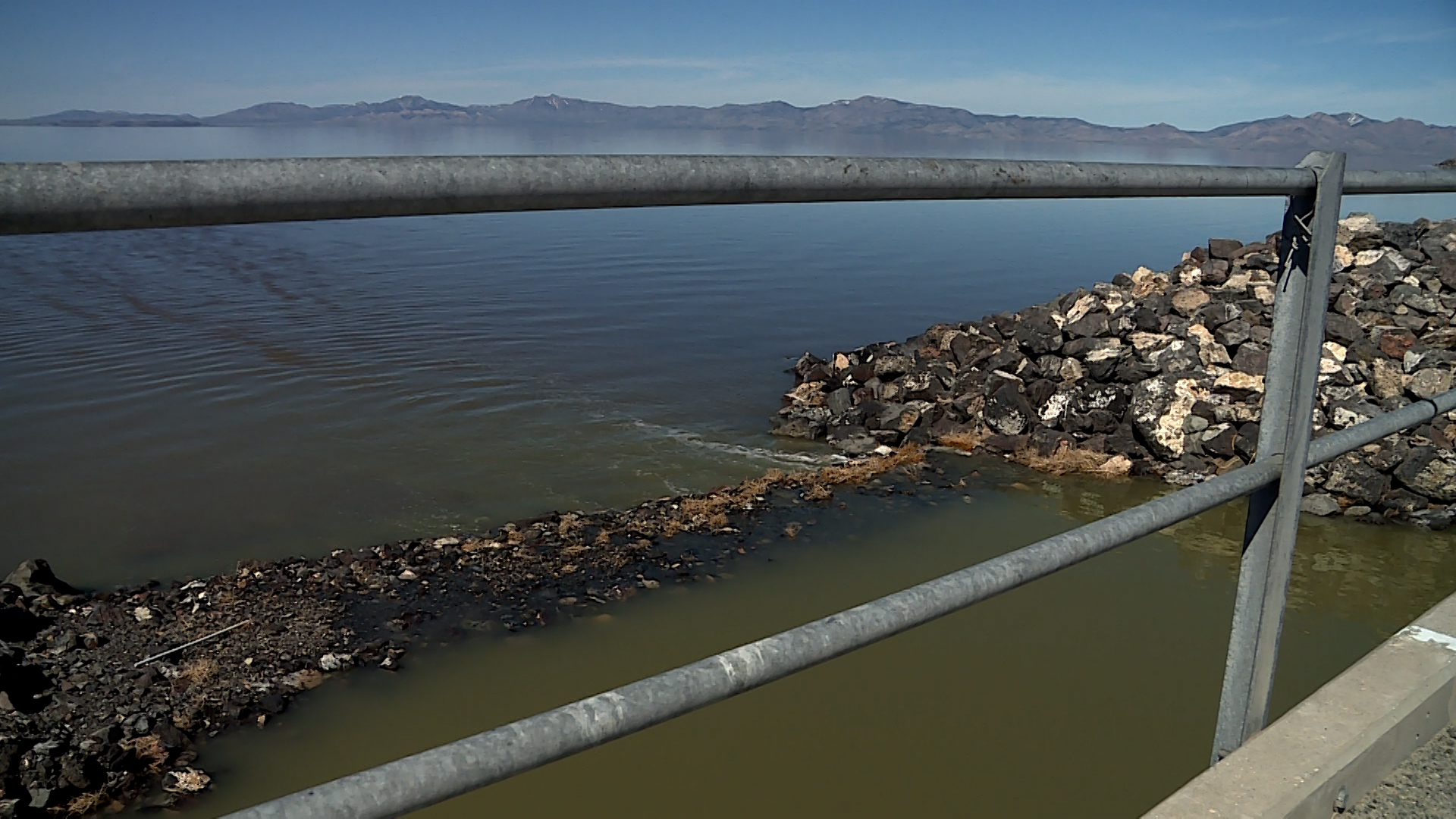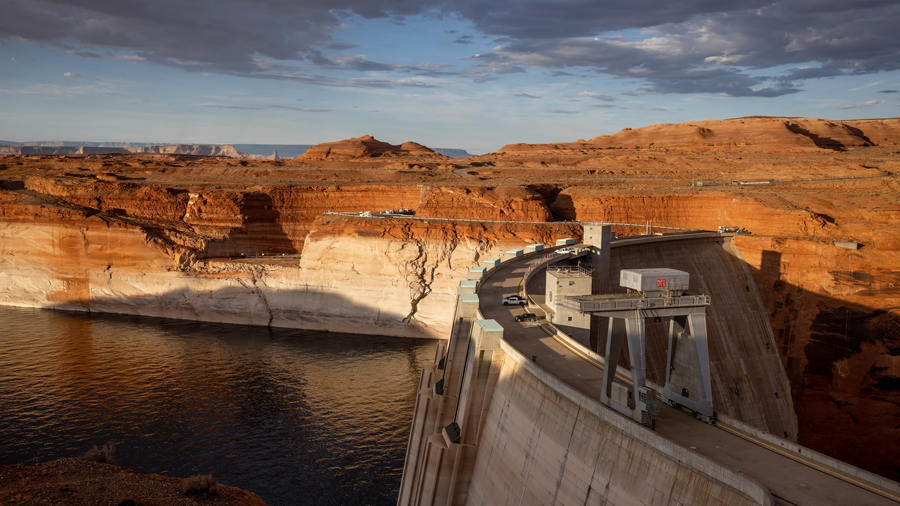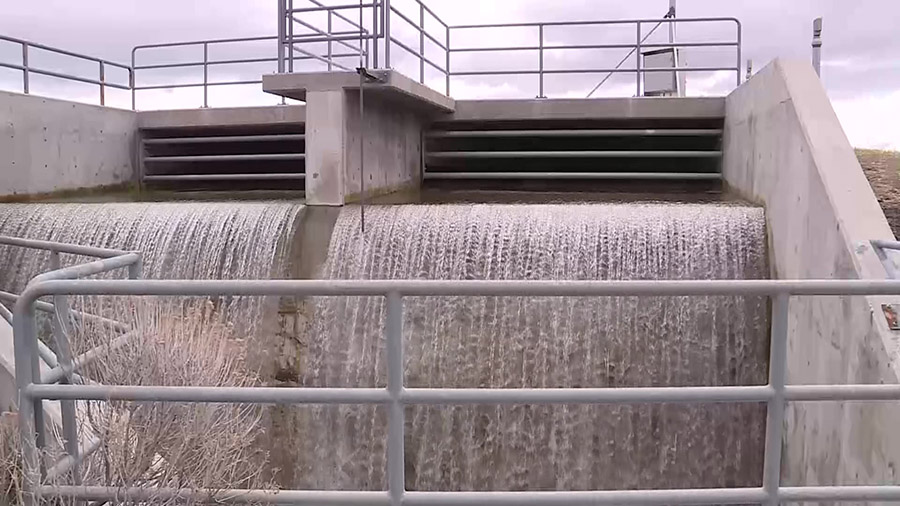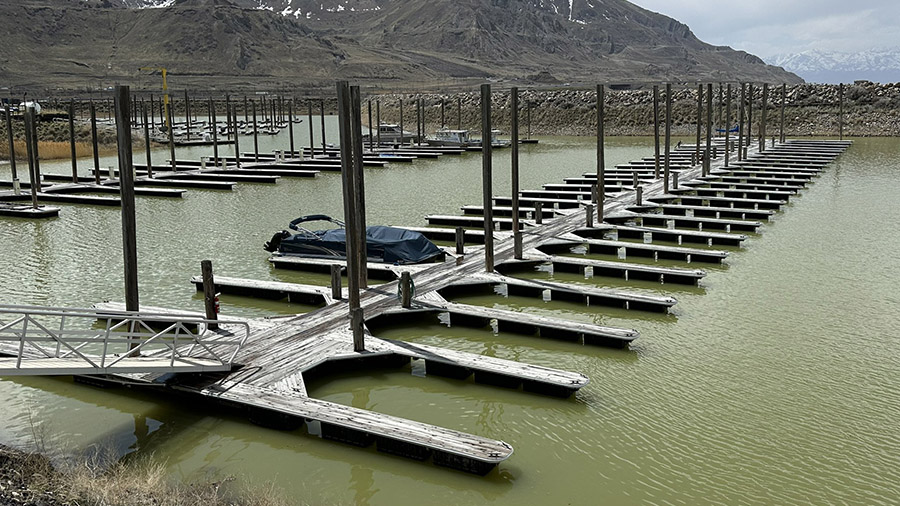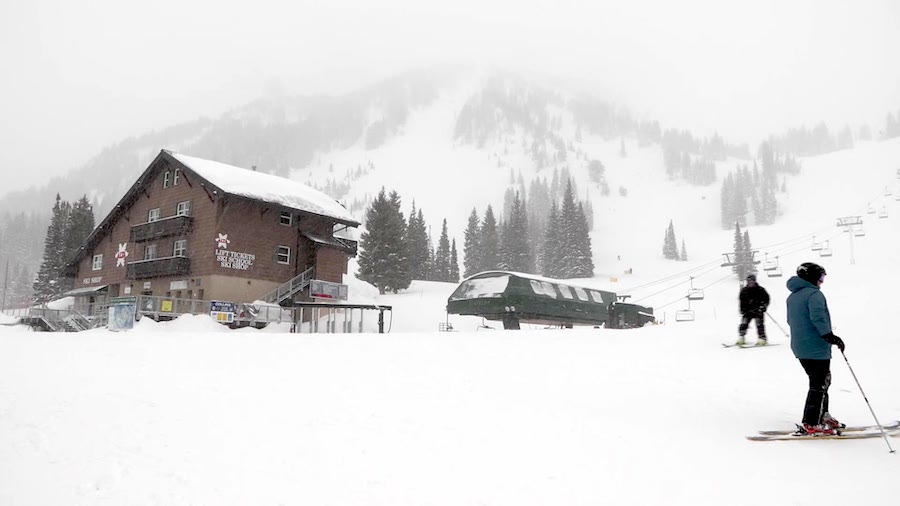UTAH'S DROUGHT
Lake Powell’s losing streak: Will the odds ever change?
Mar 21, 2022, 11:27 PM | Updated: Jun 18, 2022, 8:59 pm
LAKE POWELL — A stunning drop in the level of Lake Powell over the last year has left veteran boaters astonished and wondering what’s coming next.
“The lowest I’ve ever seen it,” said Wayne Gustaveson, a retired fisheries biologist from the Utah Division of Wildlife Resources. He writes a fishing blog that’s read by 5,000 lovers of Lake Powell.
“I’ve invested my whole career here,” Gustaveson said. “I would like this to still be a lake instead of a big river.”
Comparing this year’s level with the same dates last year, the lake surface has dropped 44 feet, straight down, in 12 months. That’s compounded a deep decline: over the last two decades of drought Lake Powell has dropped to 175 feet below “full pool.” The nation’s second-largest man-made reservoir is now less than one-fourth full.
Just days ago, Utah’s most popular boating area dipped below a critical threshold set by government officials. It’s a red-line warning that sometime in the future, perhaps as early as this fall, the operators of the Glen Canyon Dam might have to shut down the power plant. That could raise monthly bills for millions of people who depend on the dam for electricity.
The official forecast by the U.S. Bureau of Reclamation says the odds are good for the lake to make a slight recovery with spring runoff, coming back up as much as 20 feet. But that forecast can’t hide a trend that ought to worry the oddsmakers: Lake Powell has been on a losing streak for years.
Worries for boaters
Lake Powell’s historically low level is also raising worries for boaters.
“Holy Toledo!” Tony Arnone exclaimed as he hauled his houseboat supplies down a steep walkway to Wahweap Marina. The marina is on floats so as the lake recedes the marina follows it down. It’s squeezed now into a side canyon of the Colorado River where it barely fits.
“Never this low,” Arnone observed. “It’s been low before, but nothing like this.”
“If we look out at the marina,” Gustaveson said, “it just about touches the opposite shoreline. So boats (passing by the marina) have only one little area they can drive through there that’s 30 feet wide.”
As Arnone settled into the captain’s chair on his houseboat named “R Pleasure,” he said it’s still a great place for boats.”Oh, everybody loves Lake Powell,” he said. “You know, even when the water’s this low, it’s still probably one of the funnest trips you’ll go on.”
But last year, a lot of that fun was taken away by overcrowding and delays on the few launch ramps that can still be used. It will be worse this year. At the moment, there’s only one ramp in operation for the entire lake which spans well over 100 miles in two states. Nearly all of the lake is in Utah, but the only ramp that can be used is at the lower end of the lake in Arizona.
The most dramatic illustration of the problem is at the Antelope Point public launch ramp, a few miles above the dam near Page, Arizona. The lower end of the concrete ramp, which boat owners would normally use to back their trailers into the water, is now dozens of feet above the lake. The ramp was built essentially on top of an underwater cliff. As the lake level receded into the Colorado River Canyon it left the concrete ramp high and dry. It will likely be many years, if ever before the ramp can be used again.
The situation is less dire at launch ramps that are on more gently-sloping terrain. The National Park Service created a new ramp last year, the Stateline Auxiliary Ramp. Officials believe they can keep it open indefinitely by repeatedly extending it when they have to.
“We chase the water down,” said William Shott, superintendent of the Glen Canyon National Recreation area. “We are pouring cement, and we use pipe mats, welded metal, to support trailers and boats.”
Shott said he hopes to get funding for major excavation and construction projects to create ramps that will function at extremely low lake levels.
A bit of hope
Meanwhile, the highest hope for this boating season is to get just one more ramp in operation. They’re working to extend a ramp at the other end, the Utah end, of the lake.
“Hopefully by May 1st they’re going to open up the Bullfrog ramp,” Gustaveson said. “Then we’d have two ramps which would help a little bit. But still, if everybody has to launch on only one ramp, that’s a lot of boats in one spot.”
Shott said he believes that boaters, even with limited ramps, can have a great experience on the lake.
“There’s definitely going to be congestion,” he said, but “a lot of that can be avoided for our come-and-go boaters. We’re doing everything we can to mitigate the congestion.”
For example, the Park Service is encouraging commercial boat operators to use the ramps at times when they are less congested.
“We’re looking forward to the season,” Shott said. “We are challenged by many things but we are confident we can overcome them.”
The Utah Division of Wildlife Resources (UDWR) is warning about possible delays, particularly on busy weekends, at the agency’s new “dip-tank” at the Stateline ramp. It’s designed to give some boats a thorough cleaning as they leave the lake to prevent the spread of quagga mussels, the clam-like organisms that infest Lake Powell and do costly damage to facilities.
“They can infest and clog up water pipes,” said UDWR Sgt. Micah Evans. “They can clog up anything that water goes through.”
The closure of so many ramps will complicate the decontamination effort.
“It’s taken all the traffic that comes to Lake Powell and pushed it onto one ramp,” Evans said. “And that one ramp is causing backlogs of people trying to get on the water and off the water.”
Can the power plant stay open?
At the Glen Canyon Dam, the place that started it all when it throttled the Colorado River in 1966, there’s a different dimension of the low-water problem. Near the foot of the dam is a cavernous power plant the length of two football fields where generators hum away, producing huge amounts of electricity. A digital display counts out the value, a dollar or two every second, $3.89 billion dollars worth sold to utilities in the last half-century.
“There’s 93 companies that buy that federal hydropower and that serves about 3 million people throughout the basin states,” said Bob Martin of the U.S. Bureau of Reclamation, the federal agency that operates the dam.
Low water means big problems. The dam generates electricity by taking in water from Lake Powell. It descends through 14-foot diameter pipes called penstocks that lead to massive turbines which generate electricity. As Lake Powell drops to lower levels, the generators lose efficiency. Already it’s down 25%.
The lake just dropped below a major bench-mark the government calls the “critical target elevation.” If it drops another 35 feet, the water will be too low to pour into the penstocks.
“We won’t be able to generate power anymore,” Martin said.
If that happens, it would likely mean higher electricity costs for homeowners around the west.
Even before it drops that far, it’s possible that operators would have to shut down the power plant if they notice significant turbulence. If pockets of air get sucked into the penstock, it might cause cavitation which can damage the pipes.
“Cavitation is just small little pockets of air creating little small explosions,” Martin said. “And every time with each explosion, it pulls a little bit of the metal away from the steel pipe.”
A bit more hope
The 35-foot buffer elevation gives the government time to juggle releases from the dam, balancing Lake Powell’s incoming water with releases downstream to Lake Mead.
“Let’s say if we got 1,000 gallons of water,” Martin said, “we would have to give 500 of it downstream.”
Officials are also hoping Nature will be forgiving and giving in the next few weeks. The official forecast says the lake will likely rise about 20 feet during spring runoff. After a similar forecast last year, though, the lake went up only two feet in June and it’s been dropping ever since.
Still, if you’re a fisherman, you have to believe you’ll get lucky someday.
“I have great faith that we’re going to have the water level come up again.” Gustaveson said, “and that will help the fish.”
The current forecast for the water year is that runoff into Lake Powell will be only 69% of the 30-year average. It would not escape an odds maker’s notice that most of those 30 years would have been considered “dry years” by previous generations.


